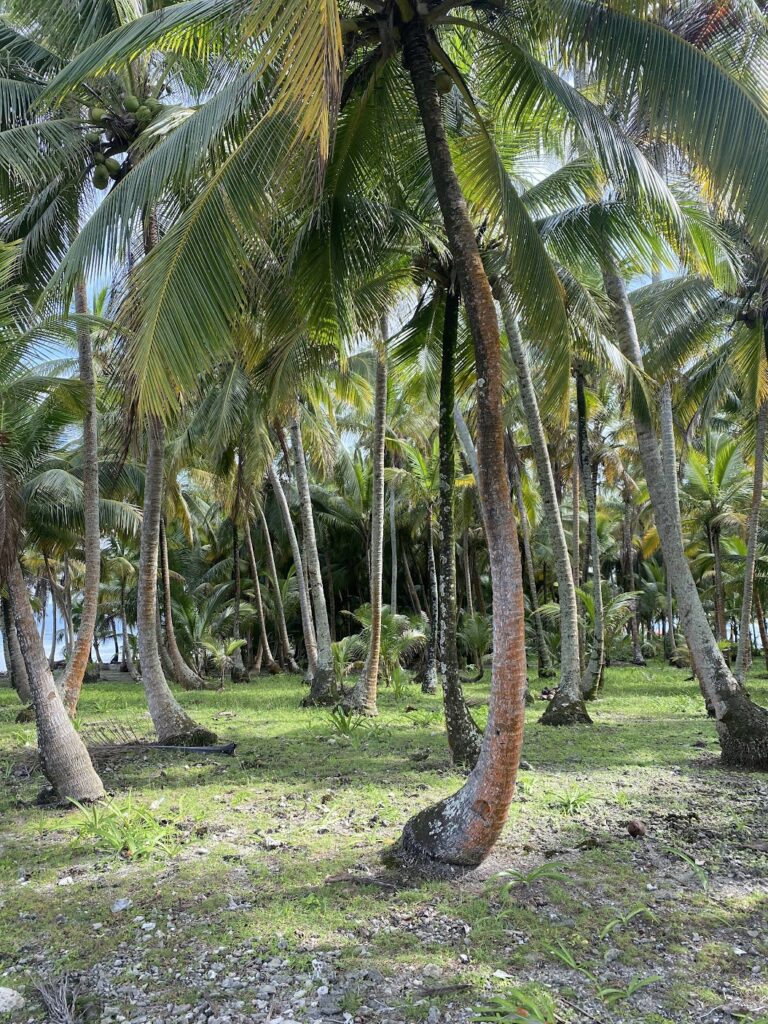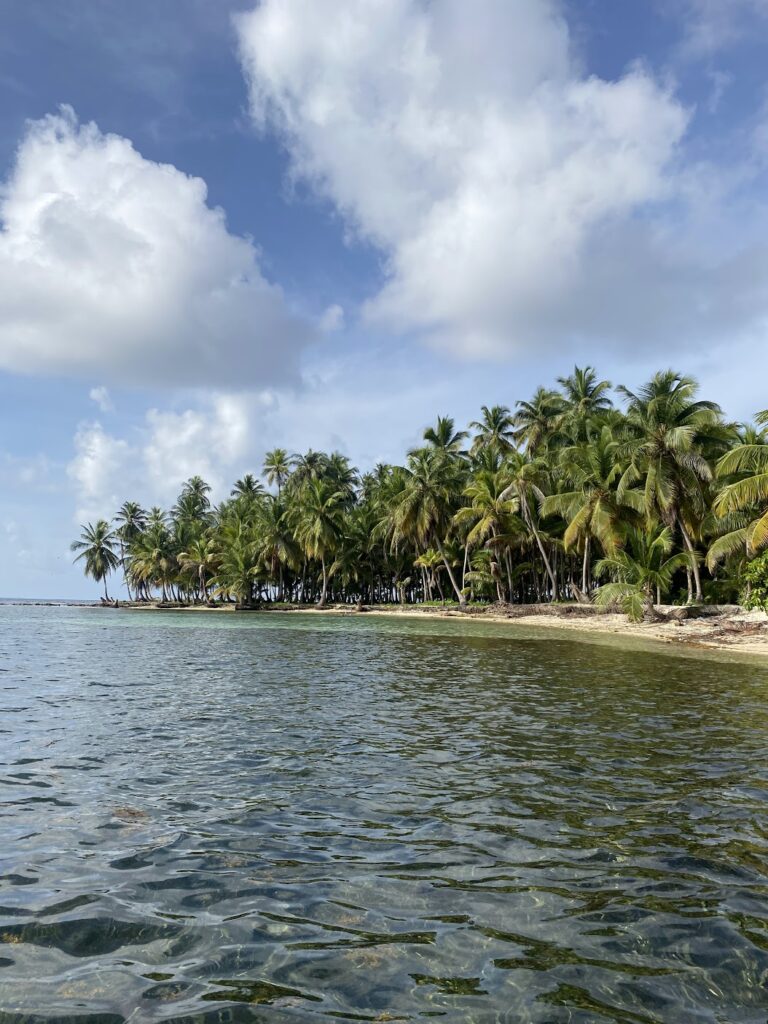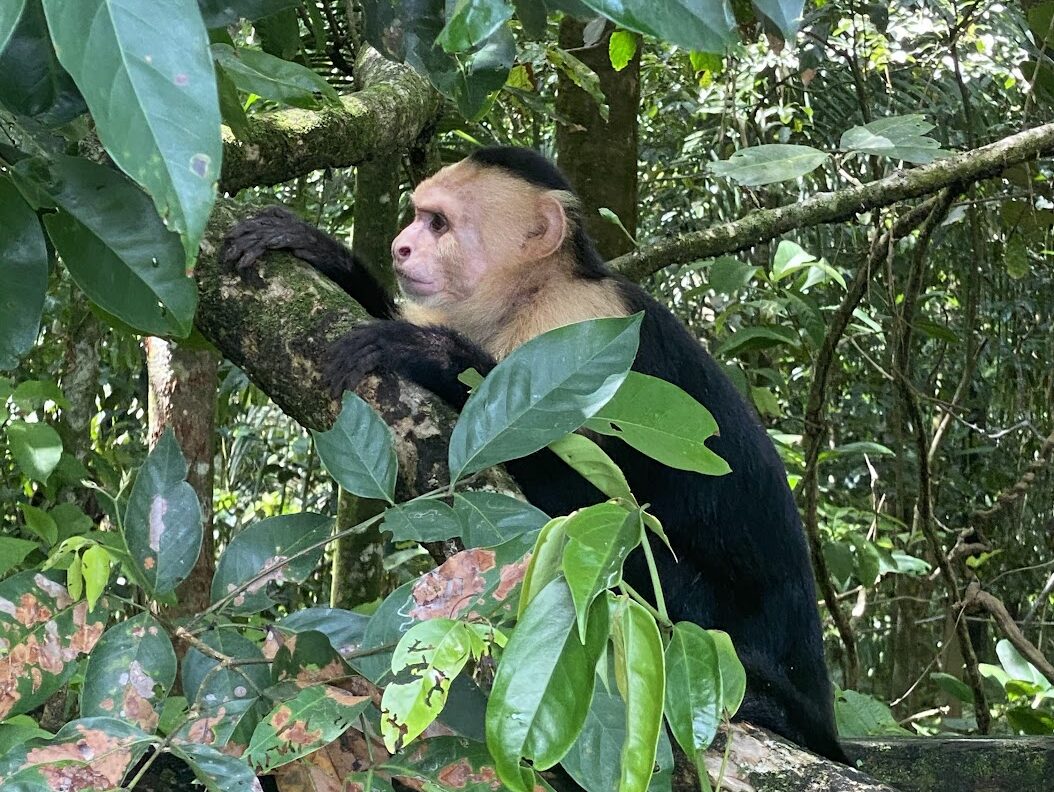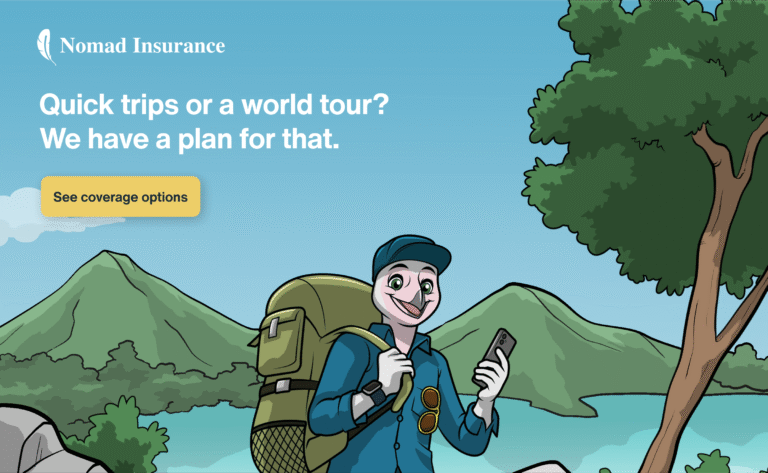Everything You Need to Know Before Backpacking Central America
The “South East Asia of the 2020s”, Central America has been getting more and more attention in recent years as the next top backpacking destination. Explore the region in 14 unforgettable weeks—from lava-erupting volcano hikes and jungle lagoons to surf beaches and picture-perfect islands. Whether you’re traveling on a shoestring or willing to splurge, this guide covers every detail: the budget-friendly “chicken-bus” route, visa tips, must-see highlights, and smart ways to upgrade your experience.
General Tips
When to Go
Dry Season Planning (Nov–May is ideal, with Dec–Apr peak). But expect slightly higher prices, more crowds, and unbeatable weather.
Visas
Visa & Border Realities – Seven countries, zero visa for most Western passports. Watch the CA-4 90-day limit (Guatemala, El Salvador, Honduras, Nicaragua). The 90 days start when you enter one of these countries and do not restart when you cross borders, so keep that in mind when planning.
How to Travel Between Countries
Forget flights, public transit is your friend (and cheap). “Chicken-buses” (rebuilt US school buses) are cultural adventures, but expect slow schedules and local fare negotiation. Cross borders by foot, bus, or shuttle. Watch out for tourist prices!
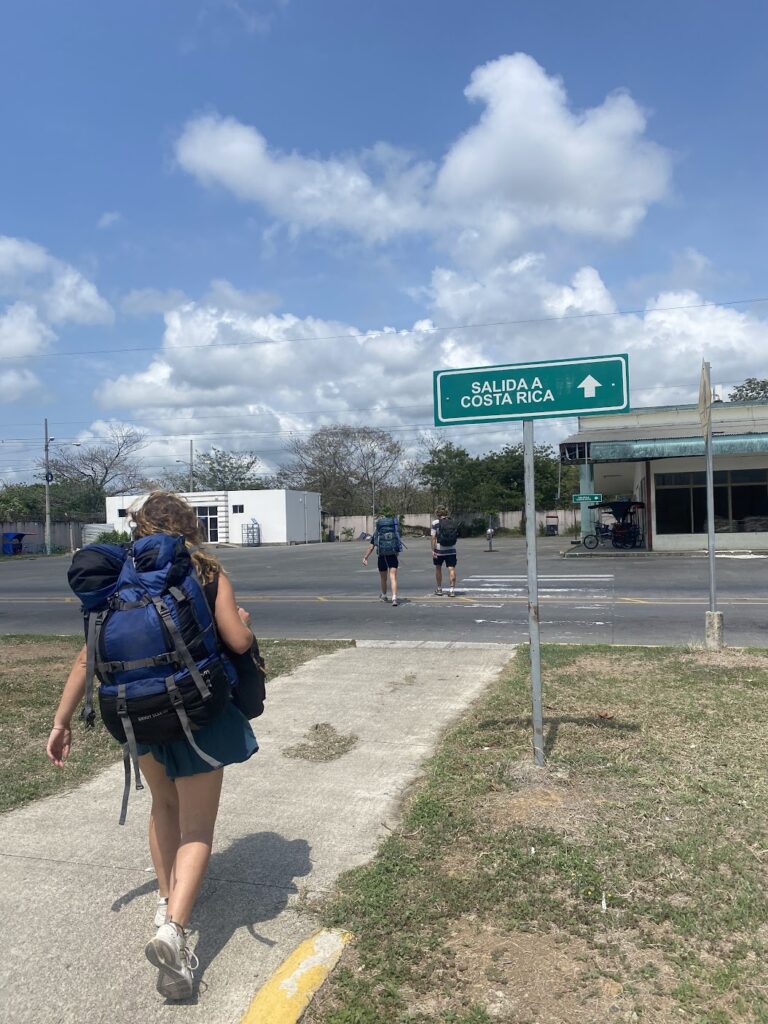
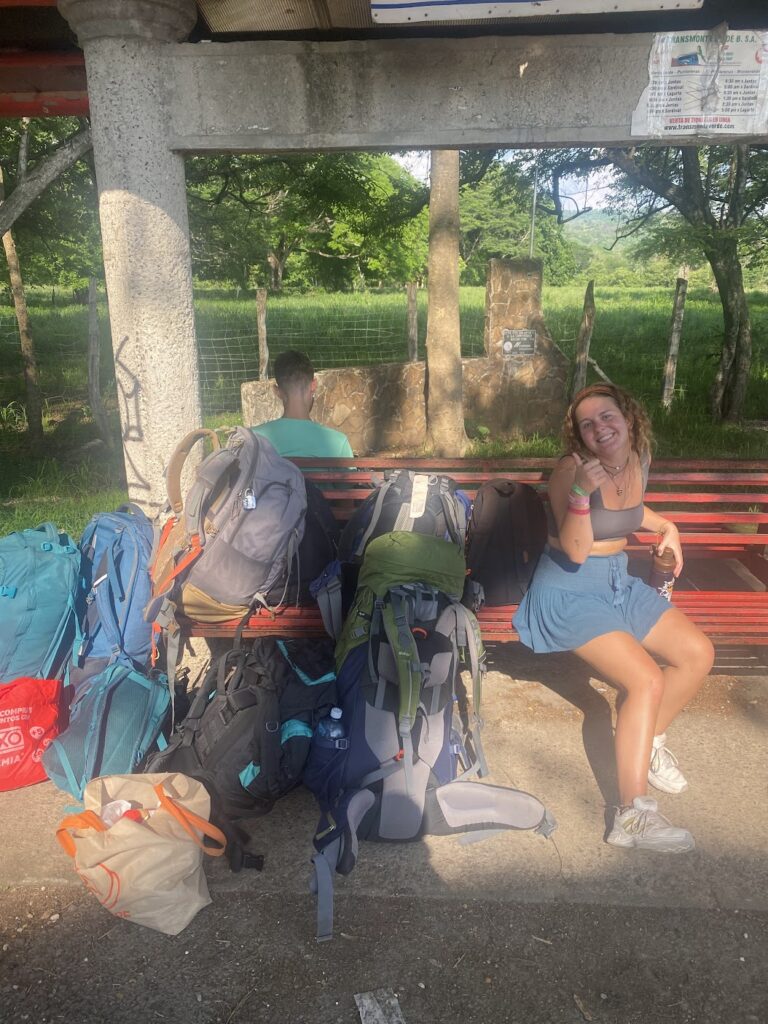
This route can be done either way, from North to South or South to North; it doesn’t matter. It is slightly more popular to start in the North and head South, so if you are solo-traveling and looking for travel partners, you may want to take this into consideration.
Getting There
If your plan is to travel to these 7 countries, or some of them on your trip, the best airports from abroad are Panama City or San José, but sometimes there are good deals into Guatemala City, San Salvador, or Belize. It is also popular to come into or out of the Central America from Mexico or Colombia, but I’ll get into that later.
Capitals
All of the Central American countries are the same in the sense that the capitals are a places you fly in or out of or have a bus connection, but apart from that, you can avoid them. Almost all of the highlights are out in nature, not to mention the capitals tend to be the most dangerous cities in each of the countries.
Money
Each country has its own currency, and you can exchange whatever you have left at the border when crossing between them. It goes without saying, but make sure you are not getting ripped off. You can use the ATMs in each country to take out the local currency, but most of the time, they will charge a fee. However, some banks that sometimes do not charge a fee include:
- Belize – Atlantic Bank
- Guatemala – didn’t find any (used to be BI Guatemala)
- El Salvador – Banco Hipotecario
- Honduras – Davivienda
- Nicaragua – Bancared
- Costa Rica – Banco de Costa Rica – worth mentioning that you can also take USD out at most ATMs, and you can pay at most places in USD, but you will get change in Costa Rican Colones
- Panama – didn’t find any
The other thing I’d highly recommend is to bring some USD. It’s the currency used in both El Salvador and Panama, but it is also accepted in other countries and can help you in a pinch. That being said, I wouldn’t want to carry around too much, especially as you can take it out for free in El Salvador.
Transport
Alright, let’s get into the route, starting from the North. This will be on a 3-month schedule, or a total of 14 weeks. This route is completely overland, considering distances aren’t too long and the fact that flying between Central American countries can prove to be quite expensive. If you’re coming from Mexico, that means you’ll be entering either Guatemala or Belize. I’ll start with the most common route, which involves crossing from Bacalar, Mexico, to Belize. If you are heading straight into Guatemala, you can skip down to that part.
Bus schedules aren’t readily available online for Guatemala through Nicaragua, as public transport is comprised of “chicken buses”. These are old American school buses that are painted all sorts of crazy colors. They are referred to as such because people bring all sorts of stuff on them, including live chickens. It’s always good to check what locals are paying for the trip, as sometimes they will try to scam you just for being a tourist.
Internet
You will usually have decent Wi-Fi at your accommodation and at some fancier restaurants, but don’t expect much in between if you don’t have a SIM card. Some packages will cover multiple countries, but for the most part, you need to get a new SIM in each country, which can be a hassle. I recommend just getting an eSIM from Saily; that way, you can get connected instantly after each border crossing.
Central America Route Breakdown: 14 Weeks, 7 Countries
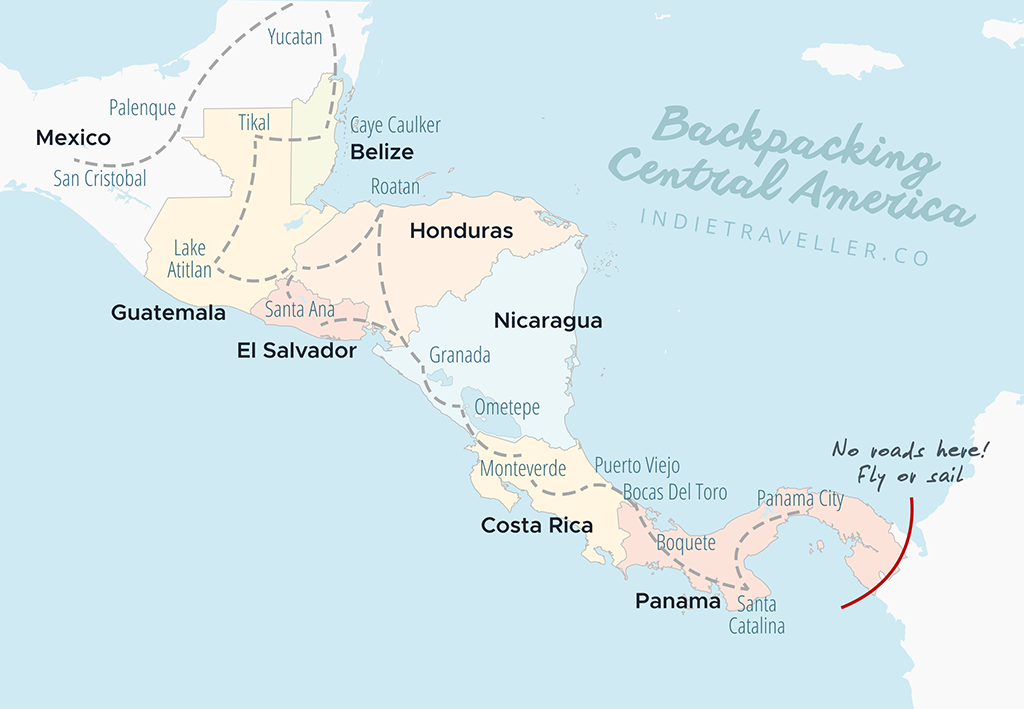
Belize (8 nights)
Arguably the most expensive country in Central America, be prepared to spend a lot on food, accommodation, and activities in Belize. Although, many say it’s worth it as you can have incredible once-in-a-lifetime experiences here.
- Caye Caulker (4 nights) – snorkeling, diving the Great Blue Hole – stay at affordable Bella’s Backpackers, or upgrade to boutique beach cabanas.
- Placencia (2 nights) – Optional 2‑3 days of seaside chill.
- San Ignacio (2 nights) – Jungle, ATM cave, Xunantunich Mayan ruins.
Guatemala (20 nights)
The country that has gained the most attention in recent years and for good reason. It has some of the most unique experiences in all of Latin America, from hiking up an active volcano to walking through a cave with nothing but a candle. It was one of my favorites, and I definitely want to go back. I’ve written a guide with everything you need to know about traveling in Guatemala.
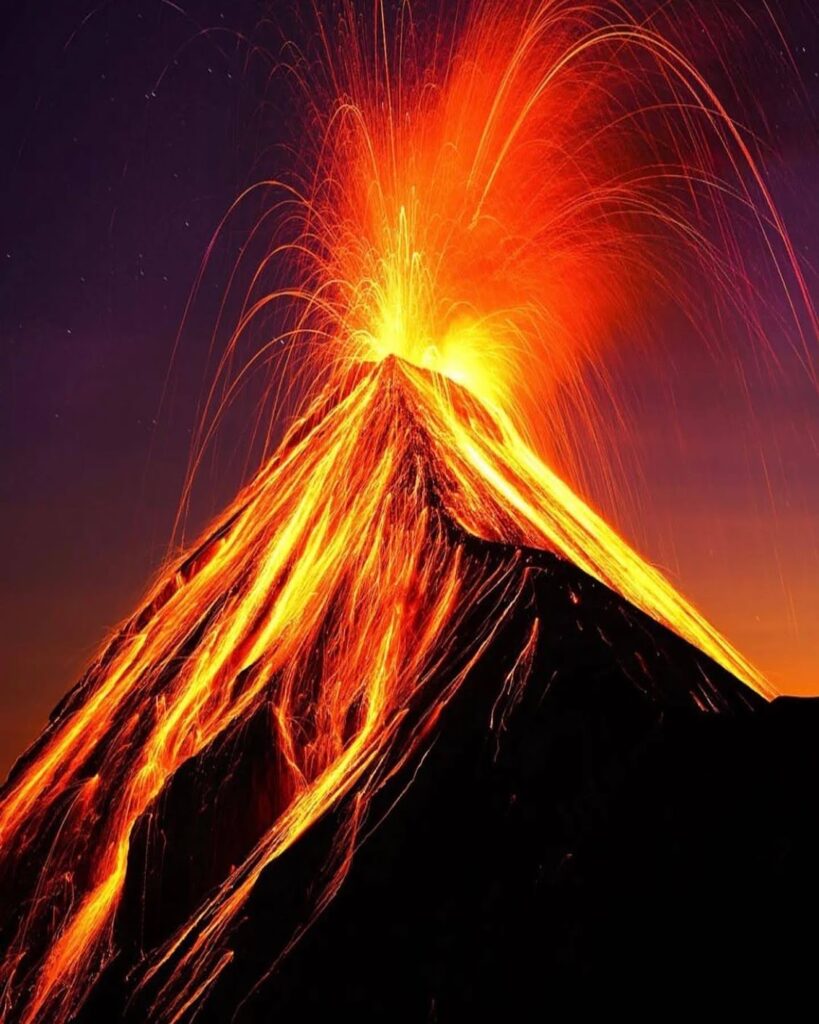
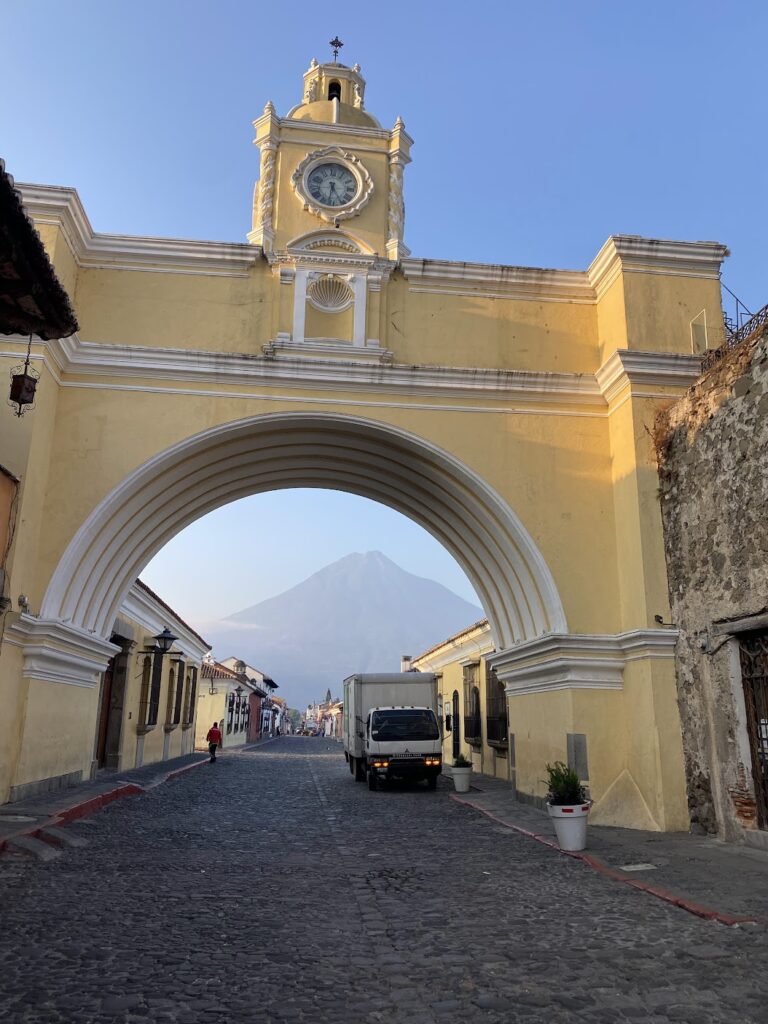
- Flores (3 nights) – Sunrise at Tikal; camp hammocks in the jungle.
- San Agustín Lanquín (2 nights) – Semuc Champey + cave trek; stay at Zephyr Hostel or Greengos.
- Antigua (5 nights) – UNESCO Colonial town, Acatenango volcano hike with lava views, Pacaya Volcano with pizza! Base hostel Tropicana.
- Chichicastenango (1 night) – Sky‑high Mayan market (biggest on Thu/Sun).
- Lake Atitlán (5 nights) – Essential stop. Choose between hippie San Marcos, backpacker San Pedro, or party‑hostel Santa Cruz; climb up San Pedro Volcano. Free Cerveza and/or Mr. Mullet’s recommended.
- El Paredón (4 nights) – Surf lessons, black sand beaches, live beach town vibe. Stay at Mellow Hostel, Cocori Lodge, or The Driftwood Surfer.
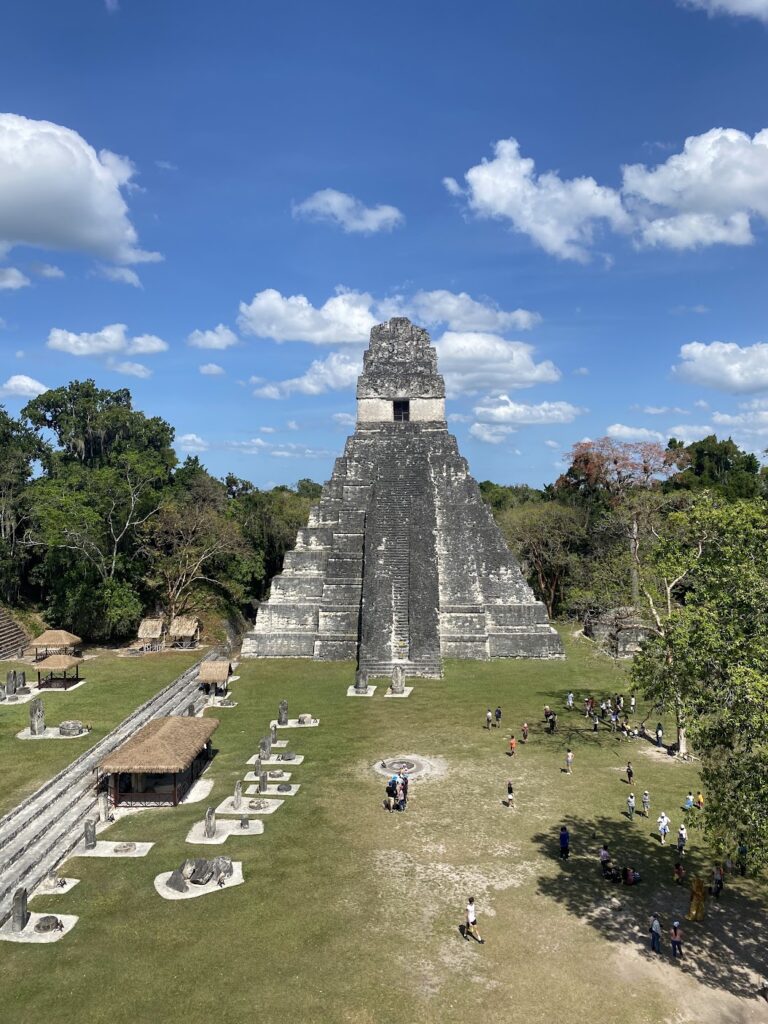

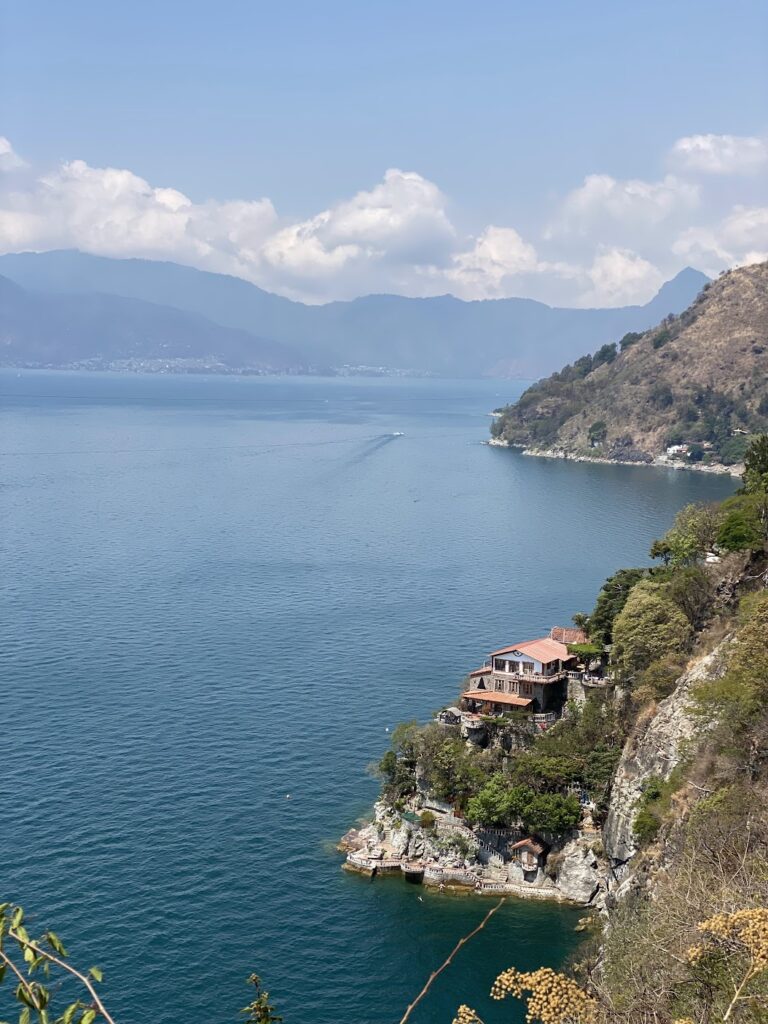
El Salvador (10 nights)
The smallest country in Central America and one that is often skipped by backpackers, it is definitely worth a stop, even if it is for just a week. It has changed a lot in recent years and is much safer than it used to be. Besides the USD, they also use Bitcoin as their official currency.
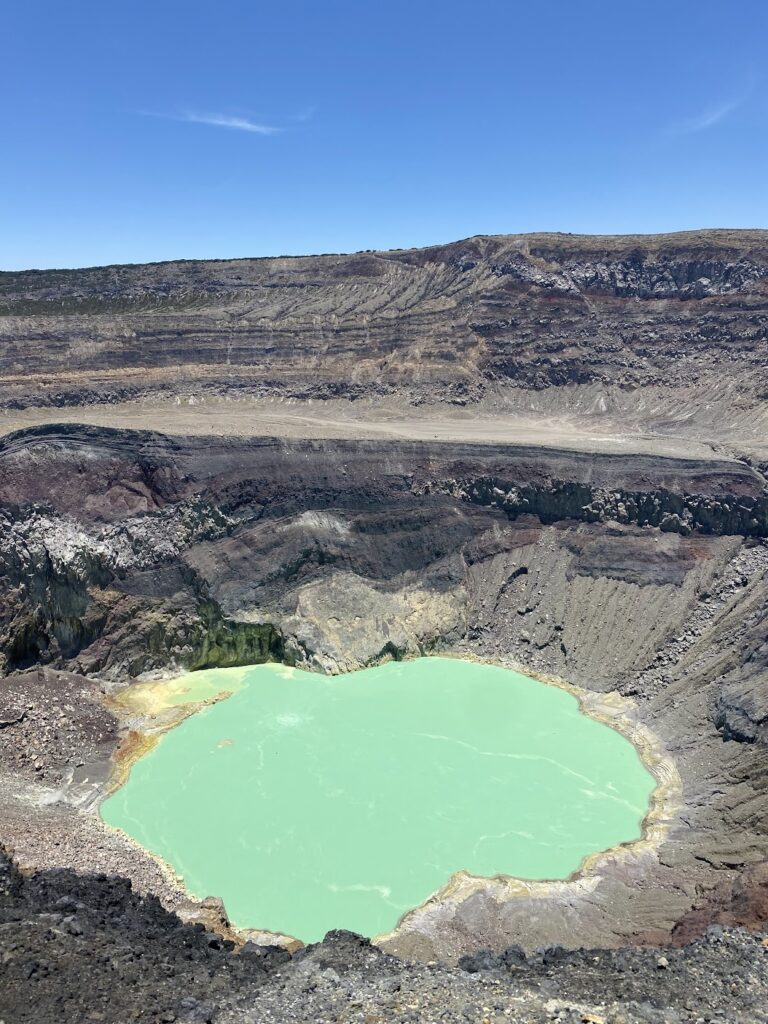
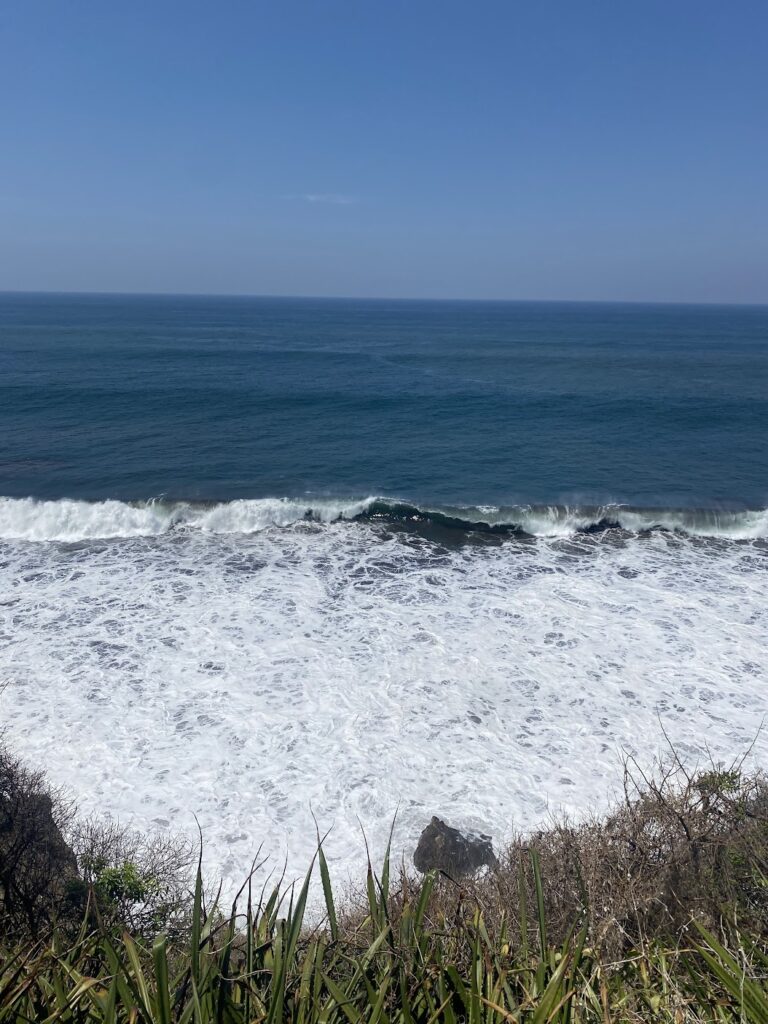
- Santa Ana (3 nights) – Volcano hike + hidden hot-spring waterfall (Salto de Malacatiupan)
- Ruta de Las Flores (3 nights) – Road trip to quaint villages in the mountains
- Coast (3 nights) – Surf towns – El Zonte, El Tunco, El Palmarcito , hostels like Hammock Plantation
- San Salvador (1 night) – Brief city stop before moving on
- El Cuco – Bonus stop but off the route, chill beach on the Eastern part of the country
Honduras (7 nights)
Honduras is the country I felt the most unsafe, but only on the travel days between places. Copán, Utila, and Lake Yojoa are all quite safe as they are away from the big cities of Tegucigalpa, San Pedro Sula, and La Ceiba. It’s the most adventurous and least traveled country in the region.
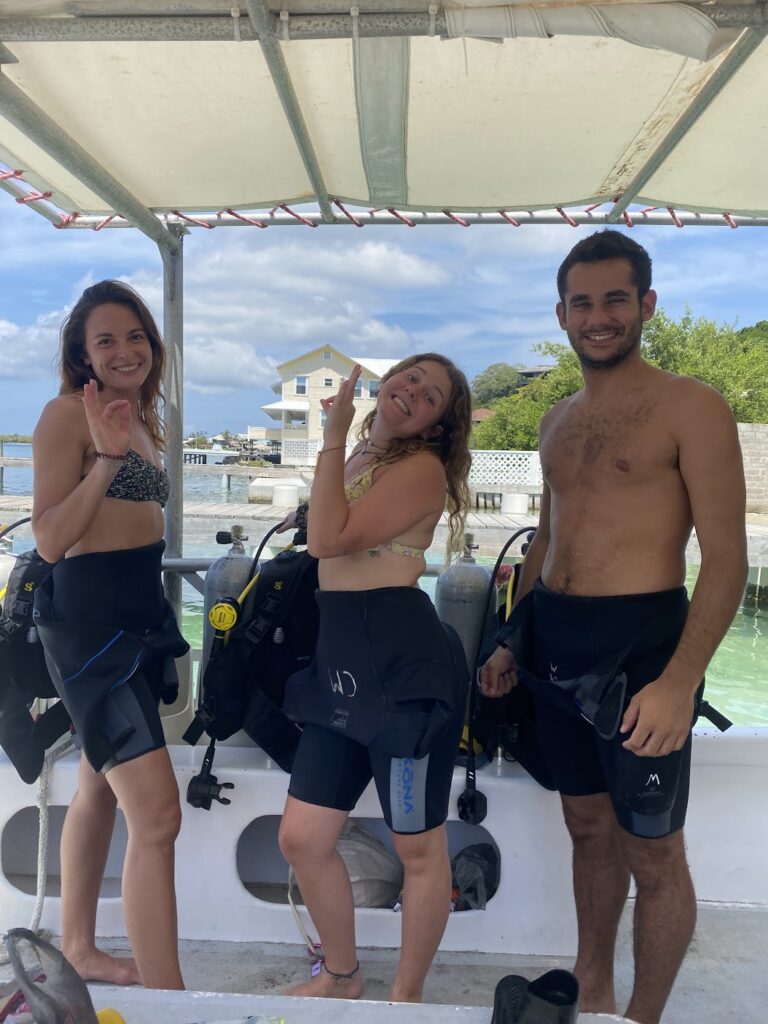
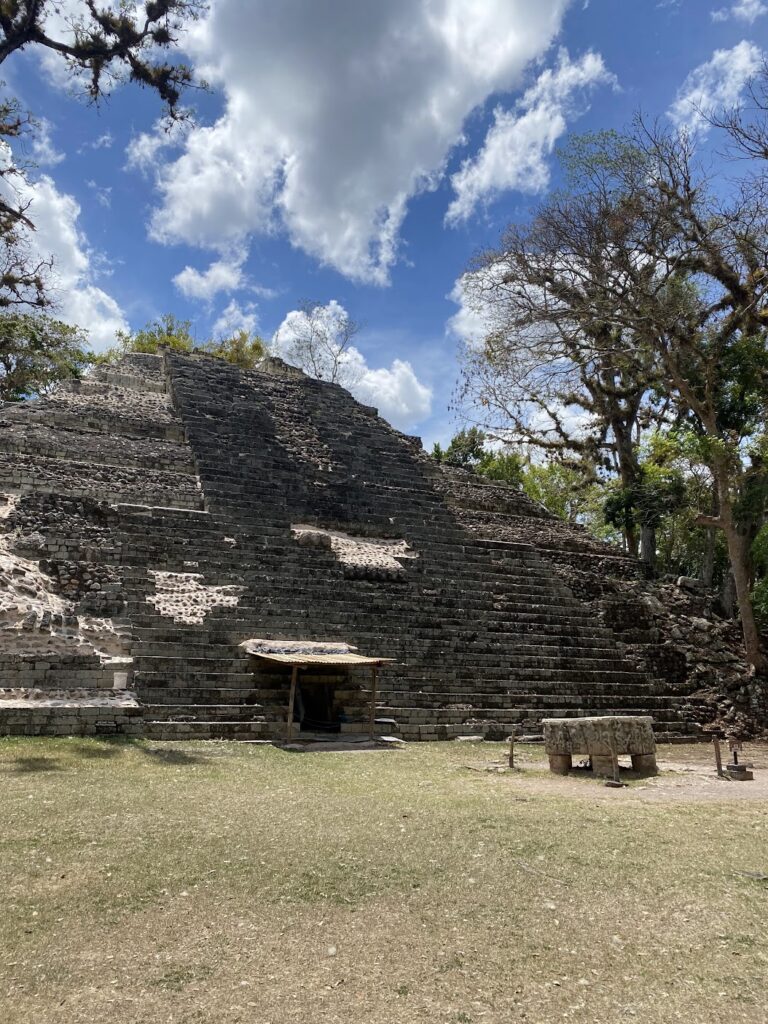
- Copán Ruins (2 nights) – Ancient Mayan temples, Macaw Mountain Bird Park
- Utila (4d) – Cheap PADI license, diving, beaches, Pumpkin Hill sunset
- Lake Yojoa (1–2d) – Waterfall hikes; optional break en route to Nicaragua
Nicaragua (22 nights)
Nicaragua has got to be my favorite country in Central America, just above Guatemala. There is much to do, and it’s the most backpacker-friendly. It’s always a party, and there are so many people to meet. I’ll definitely be back here.
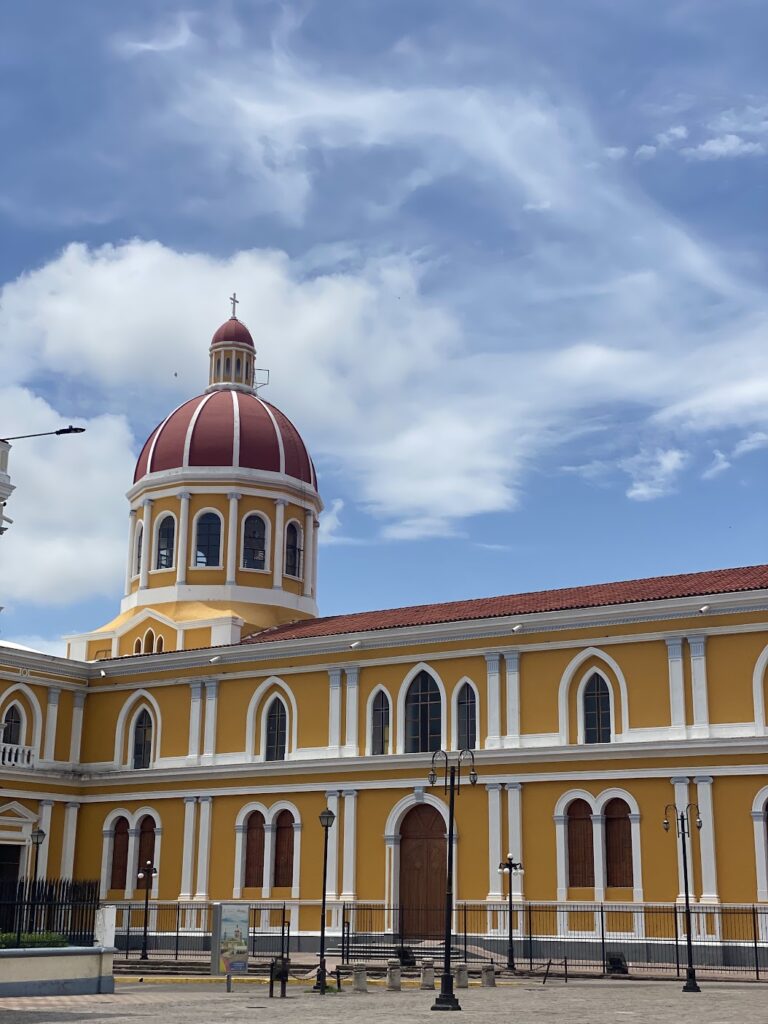
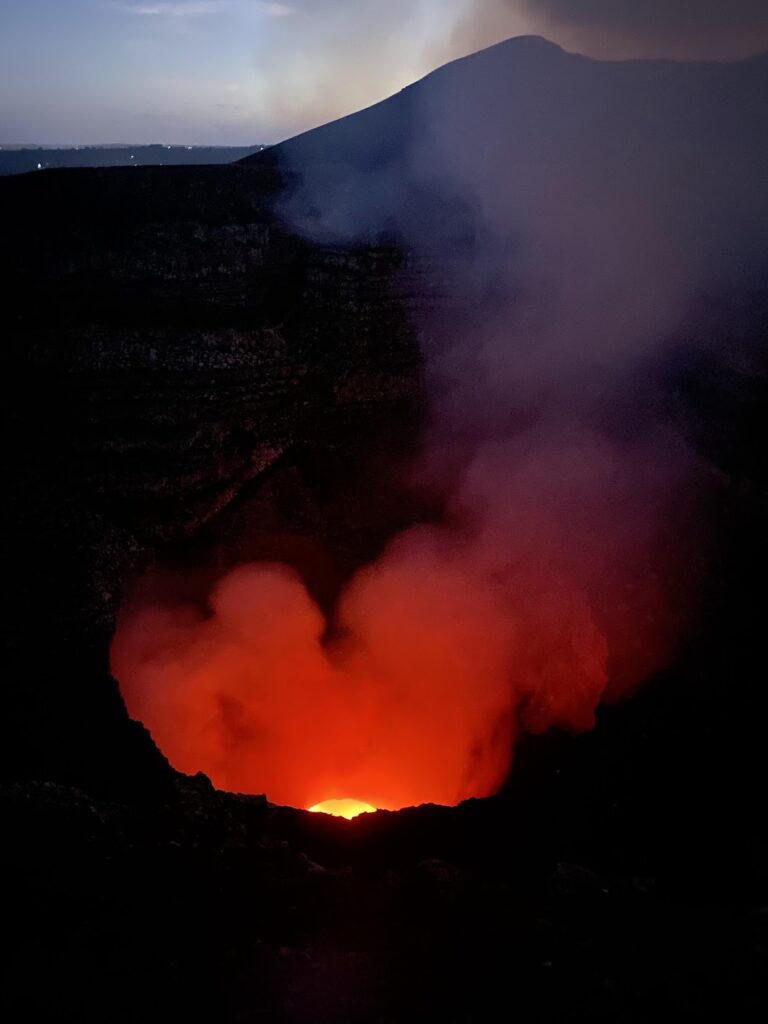
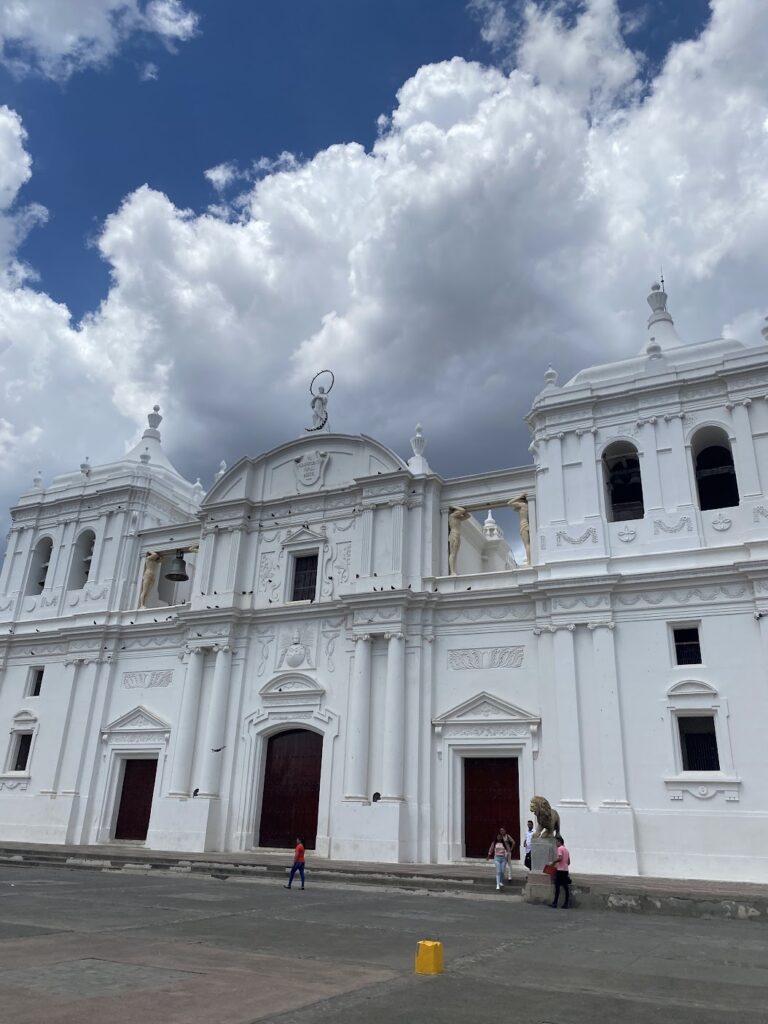
- León (3 nights) – Cathedral rooftop plus sunset volcano boarding with Bigfoot Hostel
- Corn Islands (5 nights) – Beach paradise, diving for certified divers
- Granada (4 nights) – Colonial charm, boat trips, treehouse parties, Masaya volcano at dusk
- Ometepe (4 nights) – Volcano hikes, scooter trips, beaches
- Popoyo (2 nights) – Up-and-coming surf town with low-key vibes
- San Juan del Sur (4 nights) – Famous Sunday Funday, surf schools, beach lounging.
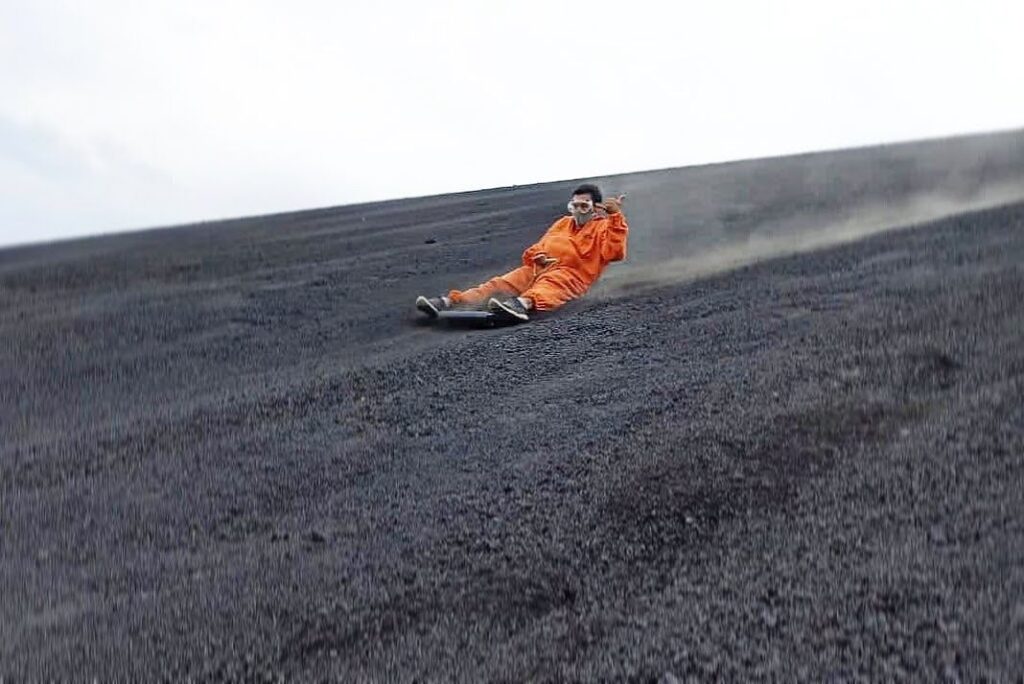
Costa Rica (15 nights)
Costa Rica is probably the most traveled country in Central America, and it is often considered the safest. It has by far the most tourism infrastructure, with everything from adventure parks to massive resorts. This has its downside of making it the most expensive country as well. Surprisingly, it is actually the country that has the worst public transport in Central America, with many routes running once or twice daily, which can be a bit of a headache and will require a little bit more planning. There are also loads of places to visit on the Caribbean and Pacific coasts, and in the mountains in between.
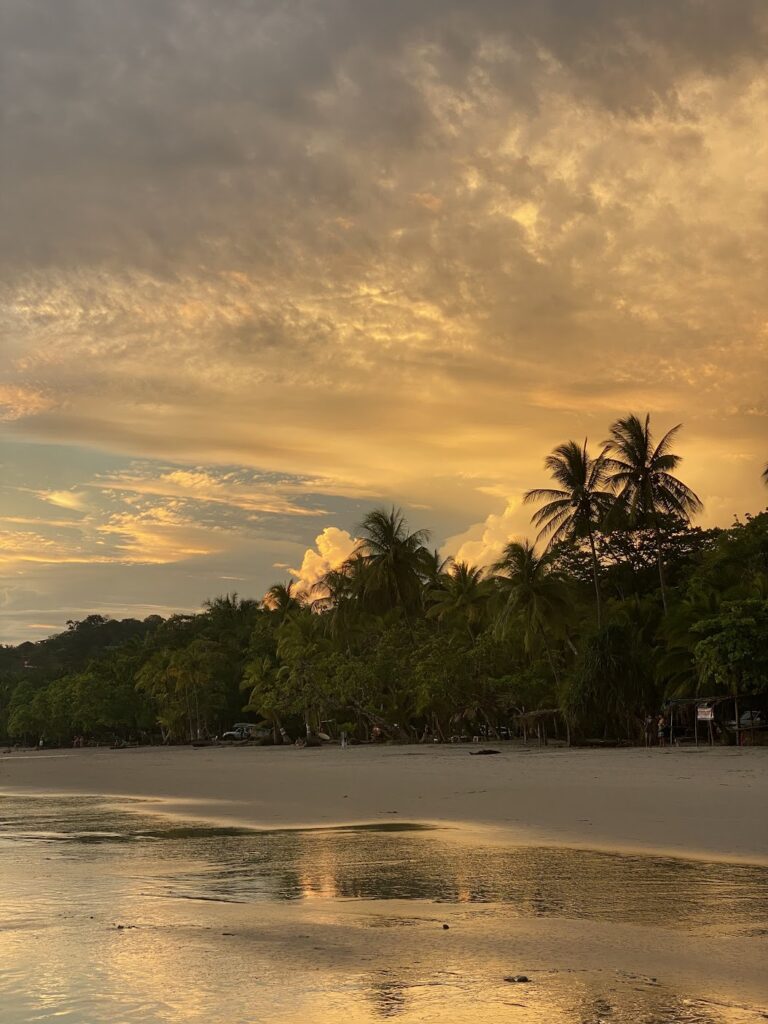
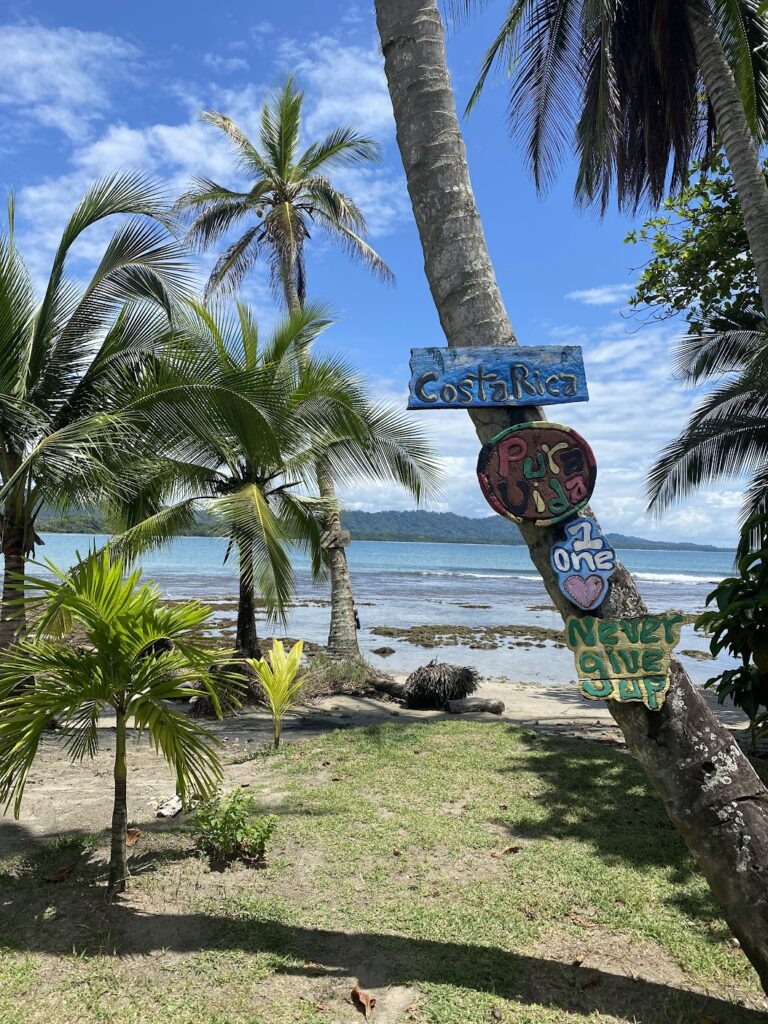
For this guide, I will focus mostly on the backpacker destinations, skipping the typical holiday destinations such as Tamarindo. I’m going to give my recommendation on how to spend 2 weeks, although you can easily spend months exploring all the beautiful nature of Costa Rica.
Some alternatives, places I won’t be talking about, include Jaco, Parque Nacional Tortuguero, Irazú Volcano, and the South West Coast (Uvita, Drake Bay, and Parque Nacional Corcovado). The South West is a beautiful region that is definitely worth checking out if you can, but the most common route is to cross between Panama and Costa Rica on the Caribbean coast, mostly because of Bocas del Toro in Panama, although Puerto Viejo de Talamanca is excellent as well.
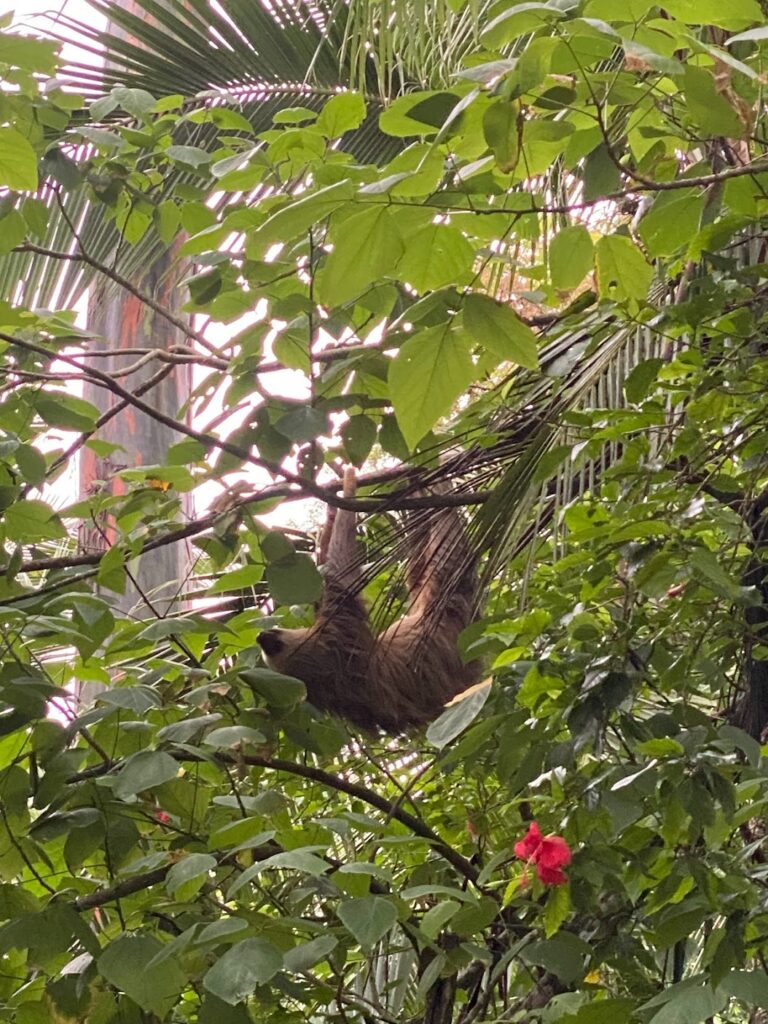
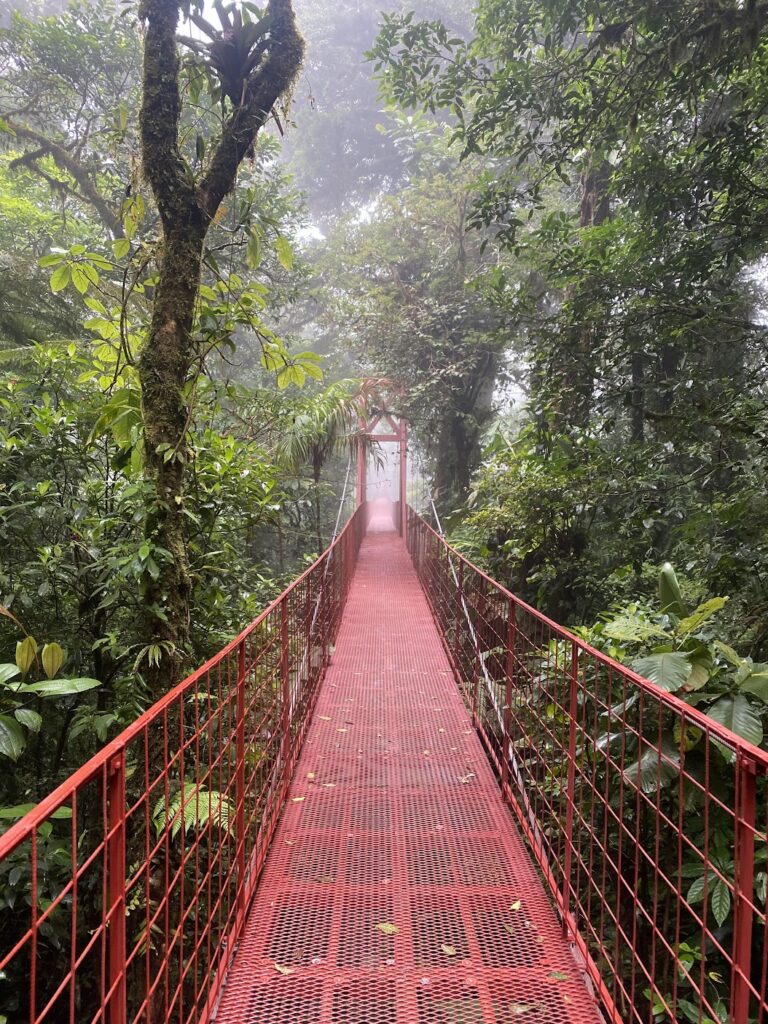
- Montezuma (3 nights) – Waterfalls, bohemian beaches on the Nicoya Peninsula
- Monteverde (3 nights) – Cloud forests, ziplines, wildlife tours
- La Fortuna (3 nights) – Arenal Volcano trails, waterfall hikes
- Manuel Antonio (2 nights) – Wildlife-filled national park, sunsets, Plinio’s Hostel is amazing
- Puerto Viejo (3 nights) – Caribbean beaches, bike rides to Punta Uva and Manzanillo
Panama (15 nights)
Panama is actually quite similar to Costa Rica. It’s considered safer than the CA-4 countries, but of course, it’s also more expensive. It does, however, have better public transport than Costa Rica. In recent years, the country has been somewhat unstable, with large protests blocking roads, so definitely check on the current situation before visiting. The currency is the Panama Balboa, which is pegged to the US Dollar, so they tend to just use the US Dollar when dealing with cash.
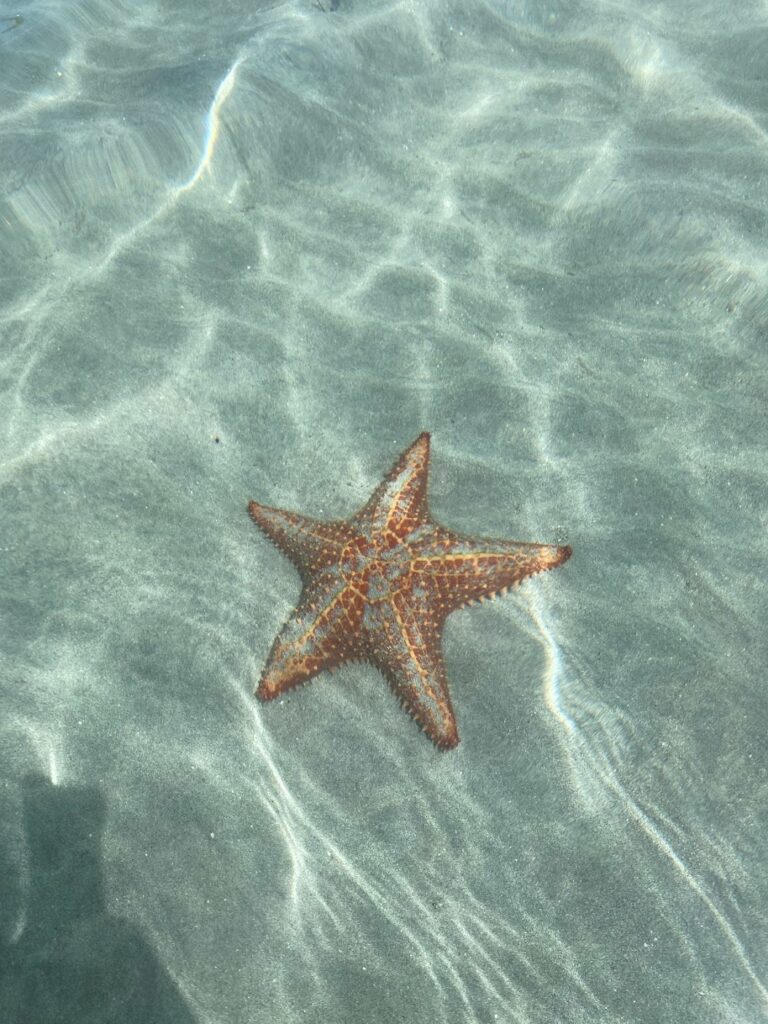
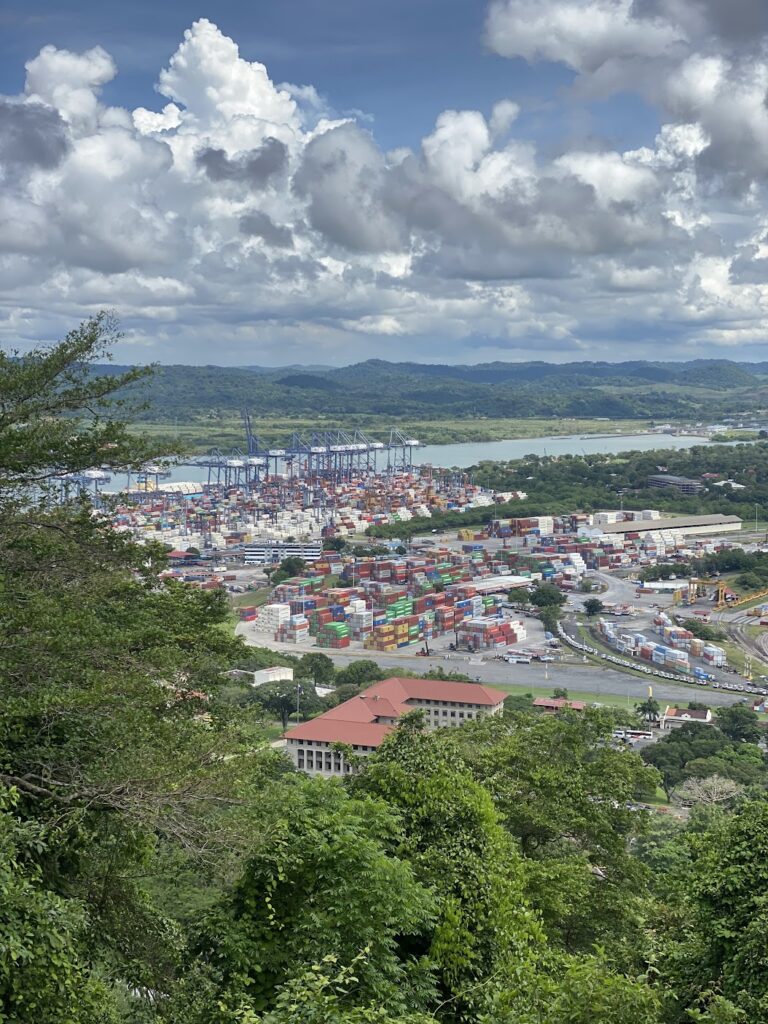
- Bocas del Toro (4 nights) – Starfish Beach, Red Frog Beach, Filthy Friday boat party
- Boquete (3 nights) – Hiking Capital, Lost Waterfalls, summit Baru
- Santa Catalina (3 nights) – Surf & dive destination, off-the-grid.
- Panama City (2 nights) – Casco Viejo walking tour, canal views, Cerro Ancón trail, JW Marriorr rooftop bar views at night. Stay at Casa Areka
- San Blas Islands (3 nights) – Kuna Yala hammock life, Casa de Papel sights, optional sail to Colombia.
